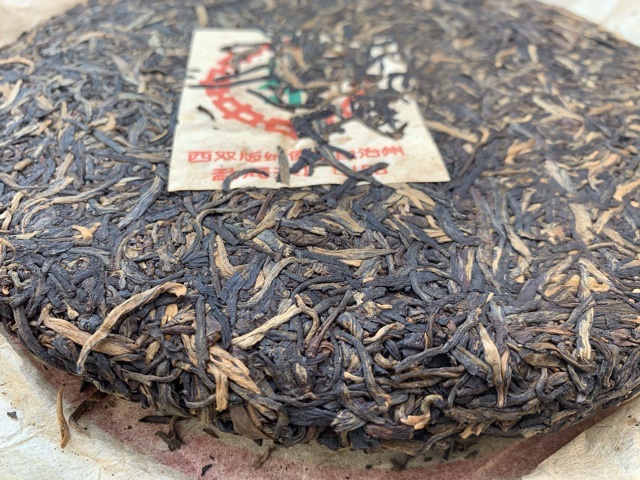
Taiwan has gained significant recognition in the world of tea for its expertise in the storage and aging of Puerh tea cakes. Puerh tea, renowned for its rich flavors and potential for aging, undergoes a transformative journey when carefully stored and nurtured in the right environment. In this blog, we will delve into the art of Taiwanese storage and explore how it contributes to the balanced development of complex and nuanced flavours in Puerh tea cakes.
The Importance of Storage:
Storage plays a crucial role in the maturation of Puerh tea cakes. The facilitation of oxygen and humidity on the tea leaves over time leads to microbial fermentation and chemical changes within the leaves. Taiwanese storage techniques are known for their ability to balance these factors, allowing the tea to age gracefully and develop desirable characteristics such as smoothness, complexity, and depth without creating undesired off notes.
Ideal Storage Conditions:
Taiwanese tea connoisseurs emphasize the importance of creating optimal storage conditions for Puerh tea cakes. They seek a balance between humidity, temperature, ventilation, and exposure to light. Typically, storage rooms in Taiwan are kept at a humidity level of around 70-80% to promote the gradual fermentation of the tea leaves. The temperature is carefully controlled, usually ranging between 20-25 degrees Celsius, to ensure a slow and steady aging process. Proper ventilation is provided to prevent excessive moisture buildup and the growth of undesirable molds.
The Aging Process:
Puerh tea cakes are often stored for several years or even decades, allowing them to undergo a fascinating transformation. During this time, the tea leaves undergo microbial fermentation, which breaks down complex compounds and releases new flavors, general sweetness and aromas. Taiwanese storage methods promote a gradual aging process that helps develop a range of nuanced and pleasant characteristics in the tea, such as honey-like sweetness, earthy notes, and a rich, mellow body. This slow maturation is crucial for the tea to achieve its full potential.
Taiwanese Storage Techniques:
Taiwanese storage masters employ various techniques to achieve the desired aging effects in Puerh tea cakes. One common method is to store the cakes in traditional clay jars, known as “Yixing” or “Zisha” pots. These jars offer a porous environment that allows the tea to breathe while maintaining stable humidity levels. Additionally, careful selection of storage locations with suitable microclimates, such as mountainous areas, can contribute to the development of unique flavors in the tea. These techniques, combined with the knowledge and experience of the storage masters, result in exceptional aged Puerh teas.
Taiwanese storage methods have garnered acclaim for their ability to produce remarkable aged Puerh teas. The delicate balance of humidity, temperature, ventilation, and light exposure allows the tea cakes to evolve gracefully over time, resulting in an exquisite sensory experience for tea enthusiasts. The complex flavors, deep aromas, and smooth textures found in Taiwanese-aged Puerh teas are a testament to the meticulous care and expertise employed in their storage. By understanding and appreciating the art of Taiwanese storage, we can fully embrace the allure of aged Puerh tea cakes and embark on a journey of sensory exploration.
If your interested in tasting fine examples of Taiwanese storage Puer we currently (2023) have 3 in stock.
Check out:
2009 Yuan Yuan Tang San He She (Yiwu)
2010 Yuan Yuan Tang Manla (TianMenShan)
Early 2000’s CNNP 7432
Thanks all for reading my blog 😊
Oli.
